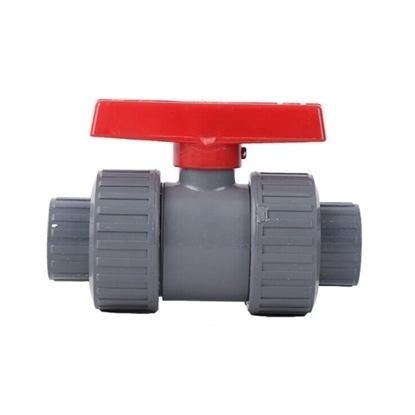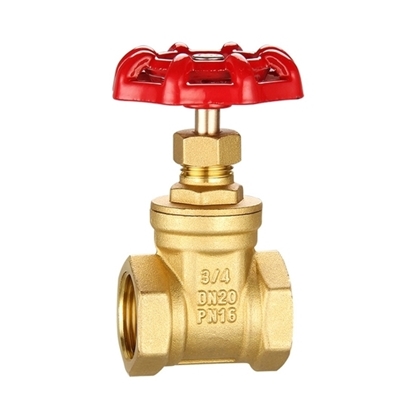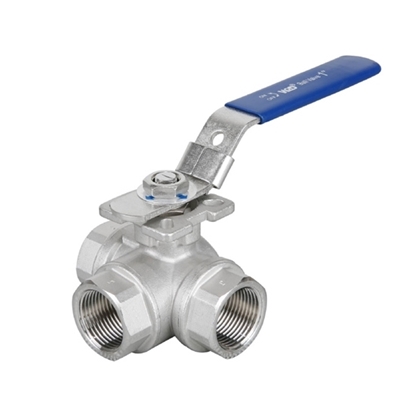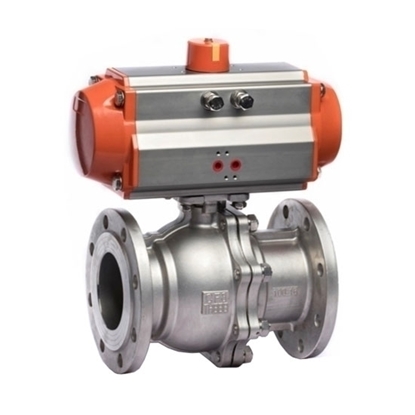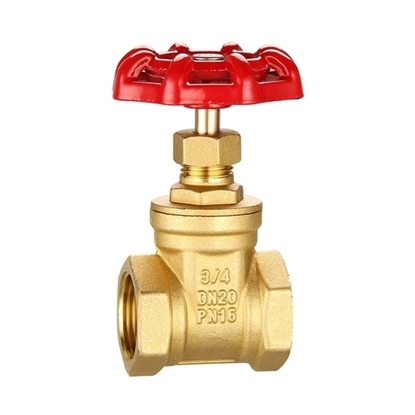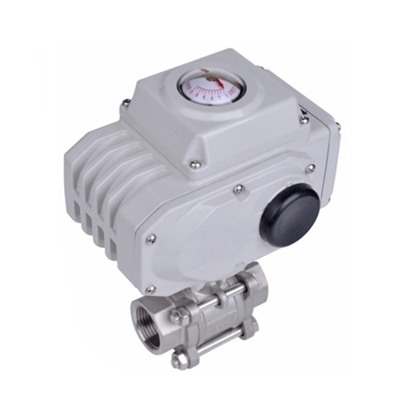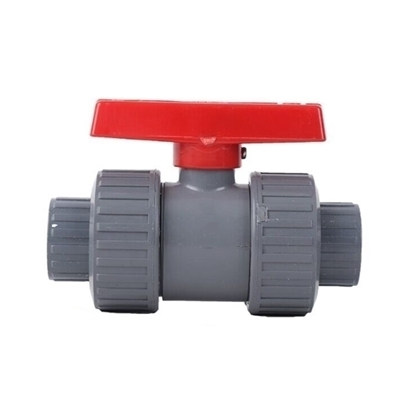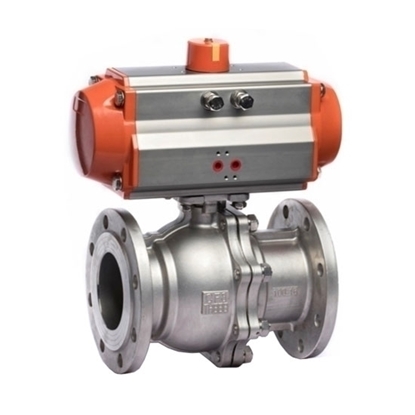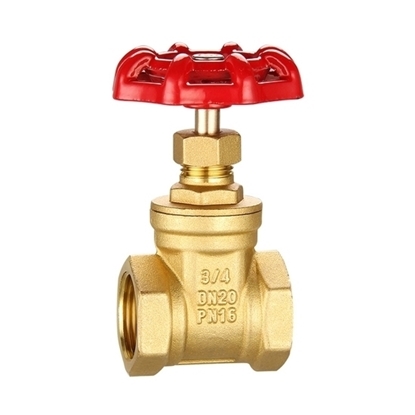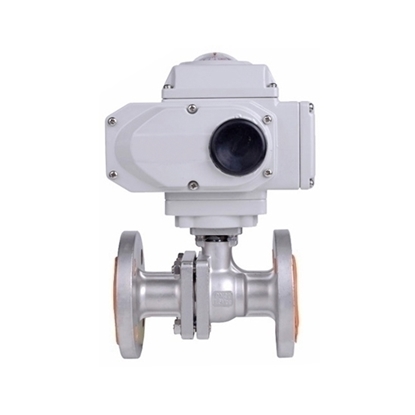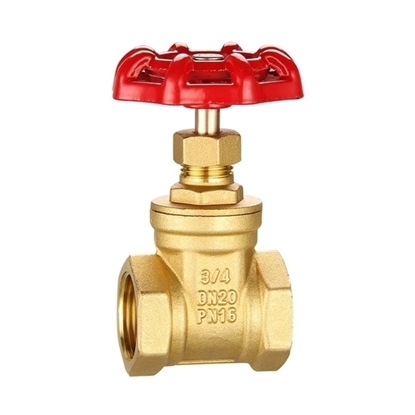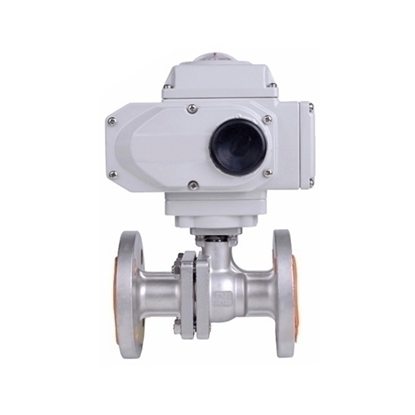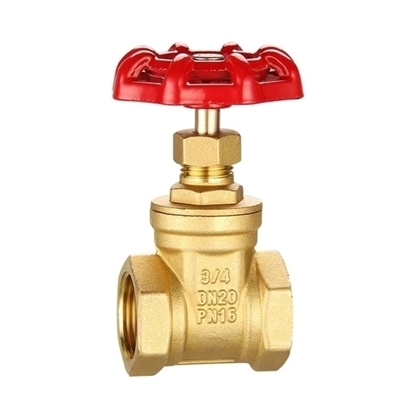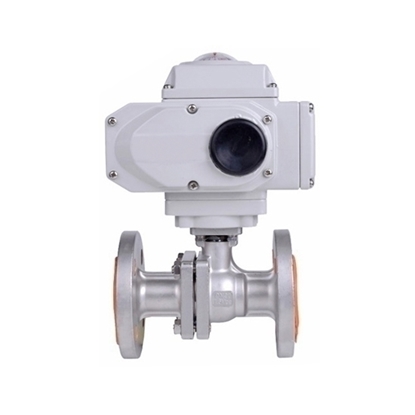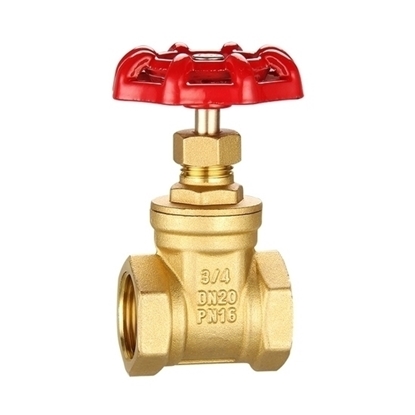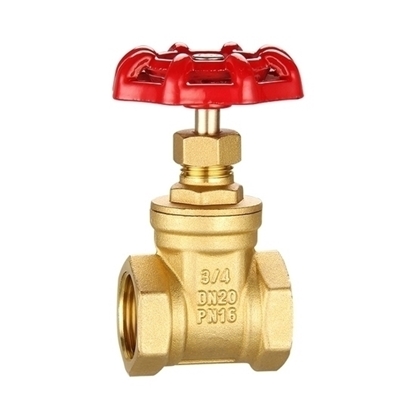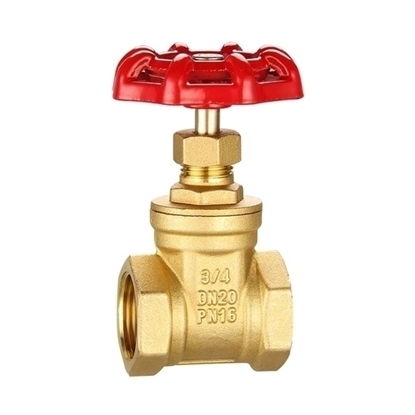Ball Valves
3" PVC True Union Ball Valve
3/4" Brass Ball Valve with Handwheel
4 inch Stainless Steel 3 Way Ball Valve, T Port/L Port
6" Pneumatic Flanged Ball Valve, 2 Way/ 3 Way
1" Brass Ball Valve with Handwheel
4" Electric Ball Valve, 2 Way/ 3 Way
4" PVC True Union Ball Valve
8" Pneumatic Flanged Ball Valve, 2 Way/ 3 Way
1-1/4" Brass Ball Valve with Handwheel
5" Electric Flanged Ball Valve, 2 Way/ 3 Way
1-1/2" Brass Ball Valve with Handwheel
6" Electric Flanged Ball Valve, 2 Way/ 3 Way
2" Brass Ball Valve with Handwheel
8" Electric Flanged Ball Valve, 2 Way/ 3 Way
2-1/2" Brass Ball Valve with Handwheel
3" Brass Ball Valve with Handwheel
4" Brass Ball Valve with Handwheel
Ball valve is a ball as a closing part of the valve, mainly composed of valve body, seat, ball, stem, handle, driven by the valve stem, and around the ball valve axis for rotary movement, in the pipeline is mainly used to cut off, distribution and change the flow direction of the medium.
ATO sells one piece, two pieces, three pieces of stainless steel ball valves, sizes 1 inch, 2 inch and 3 inch, ball valve lightweight, small size, sealing surface and sphere are often in the closed state, is not easy to be washed away by media, widely used in various industries.
What is a three piece ball valve?
The three piece ball valve is composed of a valve body, two valve covers, a ball, a valve stem, a packing gland, a handle, a lock nut and other important parts. The three-piece ball valve media can be used from left to right and right to left, clockwise is closed, and counterclockwise is open.
The 3 piece ball valve and the gate valve are the same type of valve, the difference is that its closing part is a sphere, and the sphere rotates around the center line of the valve body to achieve opening and closing. Ball valves are mainly used to cut off, distribute and change the flow direction of the medium in the pipeline.
How does the three piece ball valve work?
The working principle of ball valve is to make the valve unblocked or blocked by rotating the valve stem. The ball valve switch is light, small in size, can be made into a large diameter, reliable sealing, simple structure, convenient maintenance, the sealing surface and the spherical surface are often closed, and are not easily eroded by the medium, and are widely used in various industries.
Open process
In the closed position, the ball is pressed against the valve seat by the mechanical pressure of the valve stem. When the handwheel is turned counterclockwise, the valve stem moves in the opposite direction, and its bottom angular flat disengages the ball from the valve seat. The stem continues to lift and interacts with the guide pins in the helical grooves of the stem, causing the ball to begin to rotate without friction. Until it reaches the fully open position, the ball valve stem is lifted to the limit position, and the ball rotates to the fully open position.
Shutdown process
To close, turn the handwheel clockwise, the stem begins to drop and the ball leaves the seat and begins to rotate. Continue to rotate the handwheel, the valve stem is acted by the guide pin embedded in the spiral groove on it, so that the valve stem and the ball rotate 90° at the same time. Just before closing, the ball has rotated 90° without making contact with the seat. During the last few turns of the handwheel, the angular flat at the bottom of the valve stem mechanically wedges against the sphere, making it tightly pressed against the valve seat to achieve a complete seal.
Three piece ball valve features
- Full diameter and large flow design, large flow and small resistance.
- Three-piece valve body structure, pressure resistance, corrosion resistance, such as hard seal, it can withstand high temperature.
- The whole body is made of stainless steel, and the seal is made of PTFE, which has good sealing effect and corrosion resistance.
- Adapt to temperature: soft seal -40-200 degrees, hard seal -40-400 degrees.
- Rotate the switch by 90 degrees, which can achieve the function of quick switch off.
- Use pressure 6KG-64KG pressure, 0.6MPG-6.4MPG (within 1000PSI)
Ball Valve Installation Instructions
Preparation before installation
- The pipelines before and after the ball valve are ready. The front and rear pipes should be coaxial, and the sealing surfaces of the two flanges should be parallel. The pipe should be able to bear the weight of the ball valve, otherwise the pipe must be properly supported.
- Purge the pipeline before and after the valve to remove the oil, welding slag and all other impurities in the pipeline.
- Check the mark of the ball valve to confirm that the ball valve is intact. Open and close the valve several times to verify that it is working properly.
- Remove the protective pieces on the connecting flanges at both ends of the ball valve.
- Check the valve hole to remove possible dirt, and then clean the valve hole. Even small particles of foreign matter between the seat and ball can damage the seat sealing surfaces.
Start to install the ball valve
- Install the valve on the pipeline. Either end of the valve can be installed on the upstream end. The handle-actuated valve can be installed anywhere on the pipeline. However, ball valves with gearboxes or pneumatic drives should be installed upright, i.e. on a horizontal pipe with the drive above the pipe.
- A gasket shall be installed between the valve flange and the pipeline flange according to the pipeline design requirements.
- The bolts on the flange should be tightened symmetrically, sequentially and evenly.
- Connect the starting line (when using a pneumatic driver).
nspection of ball valve after installation
- Operate the driver to open and close the ball valve several times, and it should be flexible and not stagnant, confirming that it works normally.
- Check the sealing performance of the flange joint surface between the pipeline and the ball valve according to the pipeline design requirements.
Use of ball valve
The valve is only used as a switch, not for adjustment. In particular, it is not allowed to use under the conditions of exceeding the temperature, pressure limits and frequent alternating pressure conditions. Periodic tightening of bolts at high temperatures is allowed to prevent leakage and minimize thermal gradients. Shock loads and high stress concentrations are not allowed at low temperatures.
Regularly add sealing grease and soft packing to keep the equipment in good condition at all times. The valve should always be in the open or closed position and should not be used for adjustment. When it is not driven manually, the valve switch position should be consistent with the control console switch position and instructions to avoid misoperation.
One piece ball valve vs. two piece ball valve
The working principle is different:
The working principle of the one-piece ball valve is the mechanical pressure of the valve stem; the working principle of the two-piece ball valve is to make the valve unblocked or blocked by rotating the valve.
The valve body of the ball valve is different:
The one-piece stainless steel ball valve is a manual valve. The structural design is integral, and the ball is stabilized by a plug, which is convenient for maintenance. The diameter of the ball valve is also small, and the ball is put in from one side of the valve body after the valve seat is screwed in, then press the ball; the two-piece ball valve is fixed by two pieces of the valve body clamped by the ball, the maintenance is relatively complicated, and the tightness of the bolt in the middle is very important.
The closing parts of the ball valve are different:
The closing part of the one-piece ball valve is a sphere, and the ball rotates around the center line of the valve body to open and close a valve; while the two-piece ball valve has no special requirements.
How to choose a ball valve?
Step 1: Determine the temperature range of the ball valve
Valves are often used for the treatment of hot or cold fluids. It is very important to determine whether the flow rate through the valve of the medium is low or high temperature, and there are different materials such as ceramics, stainless steel, and PVC used in valve production. Each of them is suitable for a specific temperature range.
Step 2: Determine the working pressure of the ball valve
When a high pressure valve closes, you want to determine how much pressure is in the range in order to select the correct valve size to handle that pressure.
Step 3: Determine what medium is passing through the ball valve
Specific applications and fluid control systems are designed to handle different types of media. Some valves are used against dams and reservoirs. Also used for normal flow of chemicals. There are also special designs for radioactive substances to ensure that the valve does not leak radiation. It is also important to ensure that the fluid passing through the valve is corrosive. These are helpful for the selection of valve body material. This step is also used to ensure the safety of the staff at the valve.
Step 4: Determine the volume of fluid passing through the ball valve
Different flow valves are designed for different purposes, too small or too thick are not suitable, because the correct choice of valve size in order to know the volume of fluid is very important.

